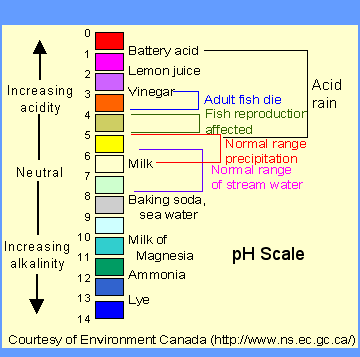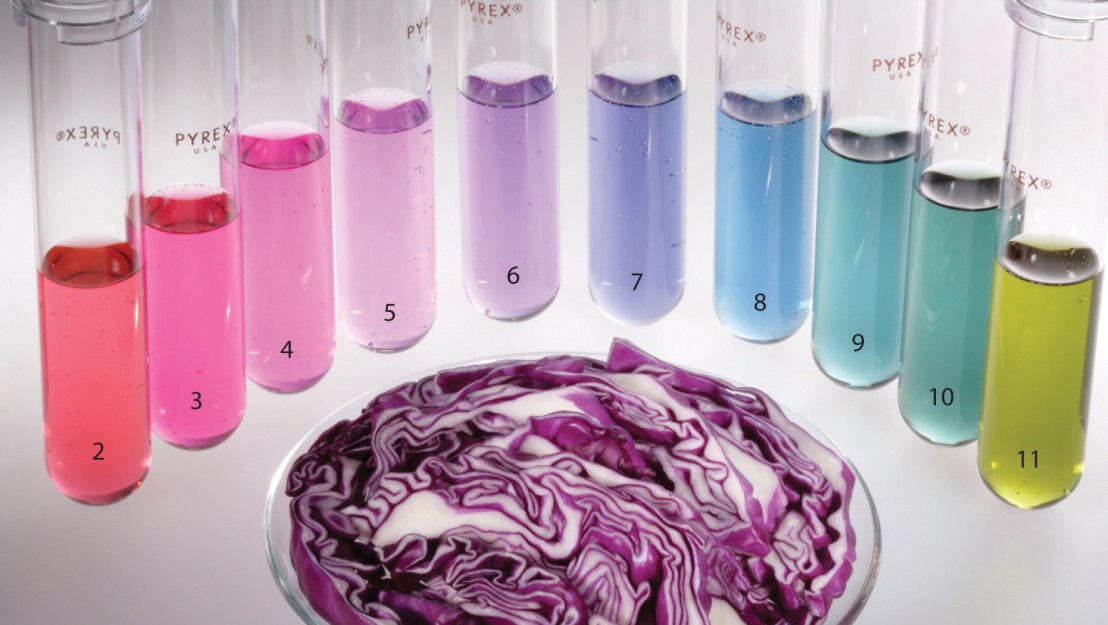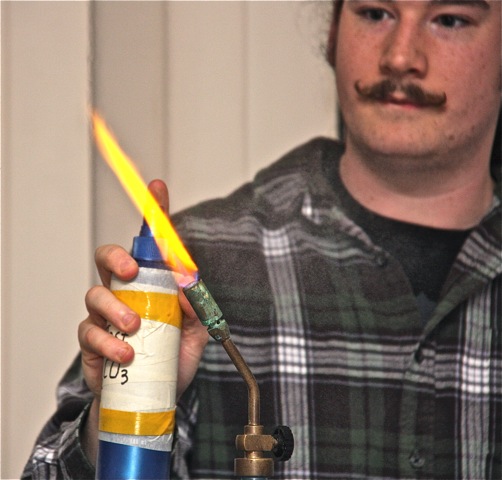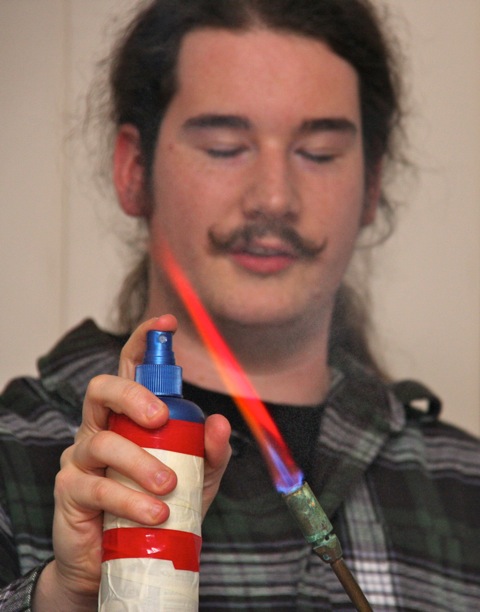Read the above story. Go ahead. I’ll wait…
HOLY COW! I can’t believe such a horrible teacher was ever allowed to hold a teaching certificate! Students were lined up and hosed down like fresh convicts at the maximum security prison. Worse, they were not allowed to opt out! How would you feel, if you hosed down during a mandatory activity with no prior warning and forced to miss math class to go home and change. Worse still, 2 students were injured! What kind of teacher does that woman claim to be, and above all what school would sanction or endorse such an activity?!
Except you aren’t getting the whole story. Certainly, from the cbc article it would seem that this teacher deserved every hour of her suspension. Reading the comments on the article shows that many people feel similar to my statement above, which they should, if the story played out as the cbc article entails. Schools do have a dark history of unchecked abuse, tolerance of bullying behaviour, and a value system that emphasized control and conformity above all else. From the visceral emotions displayed in the comments it appears that many Canadians grew up in through that history and still harbor resentment from those days… but that’s not the case here.
Fortunately for me, one of my fellow teacher candidates lived in Burns Lake and had the privilege of being in her classes. She was utterly shocked and appalled at the one-sided depiction of an acitivty she remembers fondly, and directed me towards a statement made publicly on facebook by the teacher’s daughter (https://www.facebook.com/indigoindigo/posts/10154741599151348):
“EDIT: Rayanne is not allowed to make any sort of public statement about all of this, so I’ve made this post public in hopes that people will share it far and wide!
OK. I’m not even going to share the original article here, as I refuse to amplify such biased and irresponsible journalism. I am just going to say that my mother Rayanne Charlie is one of the most dedicated, hard working, inspiring and talented teachers that I have ever met, or had the opportunity to learn from. She works tirelessly in her school and wider community to create positive and lasting change among rural youth and young adults, through her pedagogy and curriculum as well as facilitation of larger projects such as Roots of Reconcilliation, a yearlong intensive educating teachers, administrators and support staff as well as students on the impact of residential school systems on past, present, and future generations.
The article that came out today (on CBC and other digital publications) in regards to her recent 1 DAY suspension was sensationalized clickbait, making a tiny molehill into a giant mountain. I am sincerely disappointed in the reporters, editors, and the participating media organizations that such a poorly researched article was allowed to be published at all.
Ethical journalism 101 involves contacting your subject to inform them of the story, reaching out to directly interview voices on both sides of your angle, and supporting your angle with clear and thoroughly researched context for all of the facts – especially crucial in the age of digital outrage and viral news.
None of these things took place here.
This is a game that my family plays during our yearly camping reunions – everyone from aunts and uncles to little kids – in which if you get caught, you get a silly punishment. It’s been a family tradition that I grew up looking forward to every year since I was a little kid; and is always played in good spirits and in fun.
If you know my mom and would like to write to the CBC to lodge a formal complaint and provide your story of how my mom touched your life for the better, contact me and I will give you the relevant email addresses, and some advice on how to format your letter to ensure that it is properly heard and acted upon. Letters can be written on or off the record, your choice.
My mother has consistently inspired me to connect activism to community through the arts. She is the reason why I do what I do, and continues to have a huge impact on how and why I do it.
I am standing behind her 100%, and hope that more light will be shed on the overwhelmingly positive and impactful work that she has done. I encourage others to do the same.”
What follows that post is a collection of comments from numerous past students condemning the horrible and shoddy journalism and standing in solidarity with her daughter’s statement. As it turns out, this activity takes place nearly every year and has taken place for the last decade. The activity is NOT mandatory. Students can withdraw at any time or flat out refuse to do it and are explicitly told this in the weeks leading up to and at the start of the activity. In fact, students confirmed they received a slip reminding them to bring an extra change of clothes if they want to participate. The spraying is a silly punishment, and since the teacher participates in the activity with the students, the teacher is not immune from beign sprayed herself. The 2 injuries described were accidents which occurred when students were running on wet grass and concrete, and while they occurred under the teacher’s supervision was it really worth a formal suspension?
The way these events unfolded caught me completely by surprise. I thought that since the source of the article was from the freaking CBC that it would not present such a one-sided take on the issue unless that was what their investigation uncovered. Stories like this reinforce just how low journalists will stoop to fabricate an interesting story, playing on the emotions of those who have been abused in the past. More than likely, I think it may have been an upset or overzealous parent whose child may not have told them the whole story as to why they were soaking wet in math class. Then again, I wasn’t there, and I think this story and others like it prove why students need to be able to think critically about the news and media they consume. There are always 2 sides to every story, and we should not pass such harsh judgement until we are sure we have enough information to be justified in doing so.
There is so much love in the words of her students and her community. The fact that even one person may have demonized her because of this article is disgusting.





